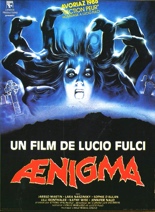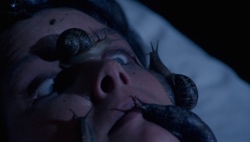
 Within the first few minutes of Shining Sex, we find Jess Franco’s muse Lina Romay (Revenge in the House of Usher) plumping up her breasts and vagina to a tune that sounds like Procol Harum’s Matthew Fisher jamming on the Hammond. As her bare pubis humps the heck out of some shag carpeting, an emotionless couple admires her with dead eyes, inviting her over for the night.
Within the first few minutes of Shining Sex, we find Jess Franco’s muse Lina Romay (Revenge in the House of Usher) plumping up her breasts and vagina to a tune that sounds like Procol Harum’s Matthew Fisher jamming on the Hammond. As her bare pubis humps the heck out of some shag carpeting, an emotionless couple admires her with dead eyes, inviting her over for the night.
Once there, Lina and the couple spend long periods of time mostly tongue kissing and rubbing nipples, all shown in extremely long and lugubrious detail. As she shakily orgasms after being penetrated by a small porcelain hand, Franco himself shows up miles away as a handicapped scientist babbling on about “hearing things.”
 Between travelogues of Spanish castles and other beautiful scenes of the European countryside, after getting mystical lotion rubbed on her nude body, Lina is apparently possessed by some sort of “superior force” from another dimension which, of course, leads to even more loose and languid sex, the only true excitement coming from a constantly moaning Franco.
Between travelogues of Spanish castles and other beautiful scenes of the European countryside, after getting mystical lotion rubbed on her nude body, Lina is apparently possessed by some sort of “superior force” from another dimension which, of course, leads to even more loose and languid sex, the only true excitement coming from a constantly moaning Franco.
It’s a somewhat intriguing screenplay that probably could have been fleshed out — no pun intended — a bit more, but then I remembered this was Franco and we’re lucky we got this much of a story. Essentially a vehicle to show off Lina’s constantly spread genitalia, it’s films like this that make it hard — so to speak — to truly dislike a filmmaker like Franco. —Louis Fowler


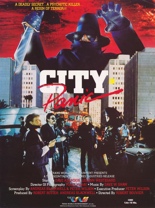
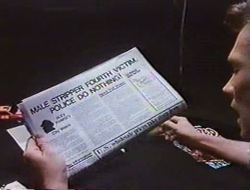

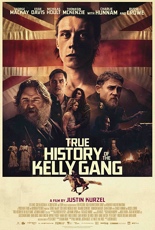
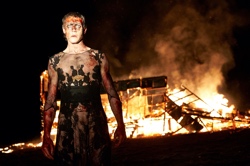

 Two films bear the cute and cuddly title Space Dogs. Incidentally, both are Russian; their similarities end there. One is an
Two films bear the cute and cuddly title Space Dogs. Incidentally, both are Russian; their similarities end there. One is an  Interspersed with this you-are-there “story” is historical footage of Laika’s mission — not just her launch, either, but the preparation the poor mongrel had to endure. Let’s just say it’s surgical and leave it at that.
Interspersed with this you-are-there “story” is historical footage of Laika’s mission — not just her launch, either, but the preparation the poor mongrel had to endure. Let’s just say it’s surgical and leave it at that. 
